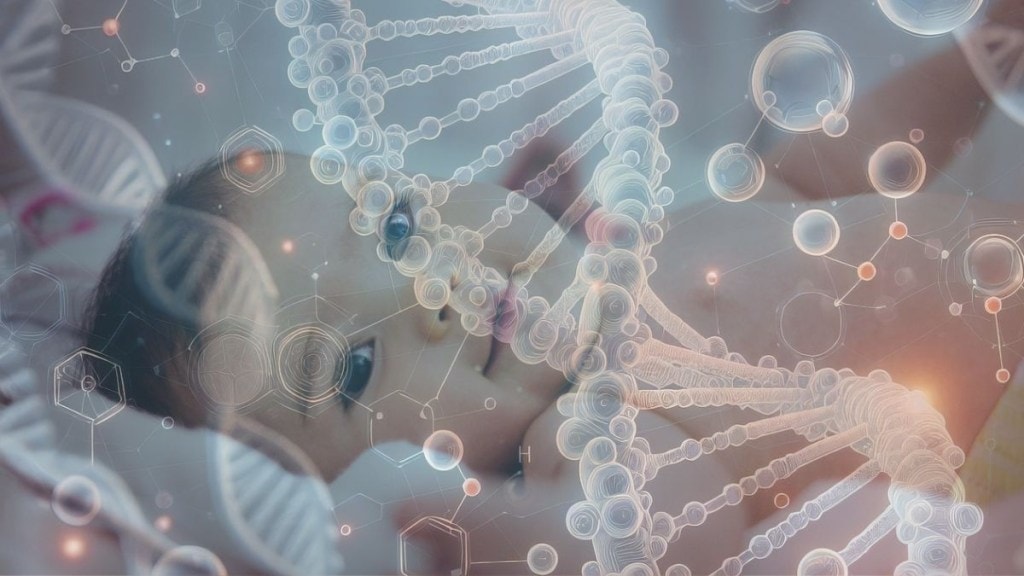KJ, an infant born in 2024, was diagnosed with a rate genetic disorder soon after his birth. Doctors in Philadelphia offered a grim prognosis while battling to offer comfort care for KJ. Reacting positively to the the rare Carbamoyl phosphate synthetase (CPSI) deficiency gene editing therapy treatment, the baby has made medical history benefitting 1.3 million other babies along with him.
KJ has become the first patient in history to have undergone personalised gene-editing therapy. The infusion was customised to KJ’s medical standards and designed to fix is precise mutation that led to the CPSI deficiency.
What is the gene-editing treatment?
The gene-editing therapy or CRISPR stands for clustered regularly interspaced short palindromic repeats. It can “precisely correct disease-causing variants in the human genome.” CRISPR will begin to serve the rare genetic disorders
As per what Dr Peter Marks told the NYT the implications of the treatment go “far beyond”. To achieve this, the treatment is enclosed in tiny fat-based molecules that protect it as it travels through the bloodstream to the liver, where the gene editing takes place. Inside, it carries instructions for cells to make a special enzyme that edits the gene, along with a CRISPR-based tool that acts like a GPS, guiding it to the exact spot in the DNA that needs to be corrected.
What is the CPSI Deficiency?
The rare inherited disorder is the deficiency of one of the five essential enzymes responsible for removal of nitrogen from the human body. Thus, a lack will indicate higher chances of excessive accumulation of nitrogen in the form of ammonia in the blood. Mostly observed in children, they can experience extreme aversion to food and comatose in sever cases.
Nitrogen disrupts the natural urea cycle and this rare disorder directly affects the waste disposal of the human body. Affecting metabolism, excretion function and ammonia accumulation are the direct effects of this mutation.
Over 30 million people in the U.S. are affected by one of more than 7,000 rare genetic disorders. However, most are so uncommon that pharmaceutical companies are often unwilling to invest years in developing gene therapies for such small patient populations.







